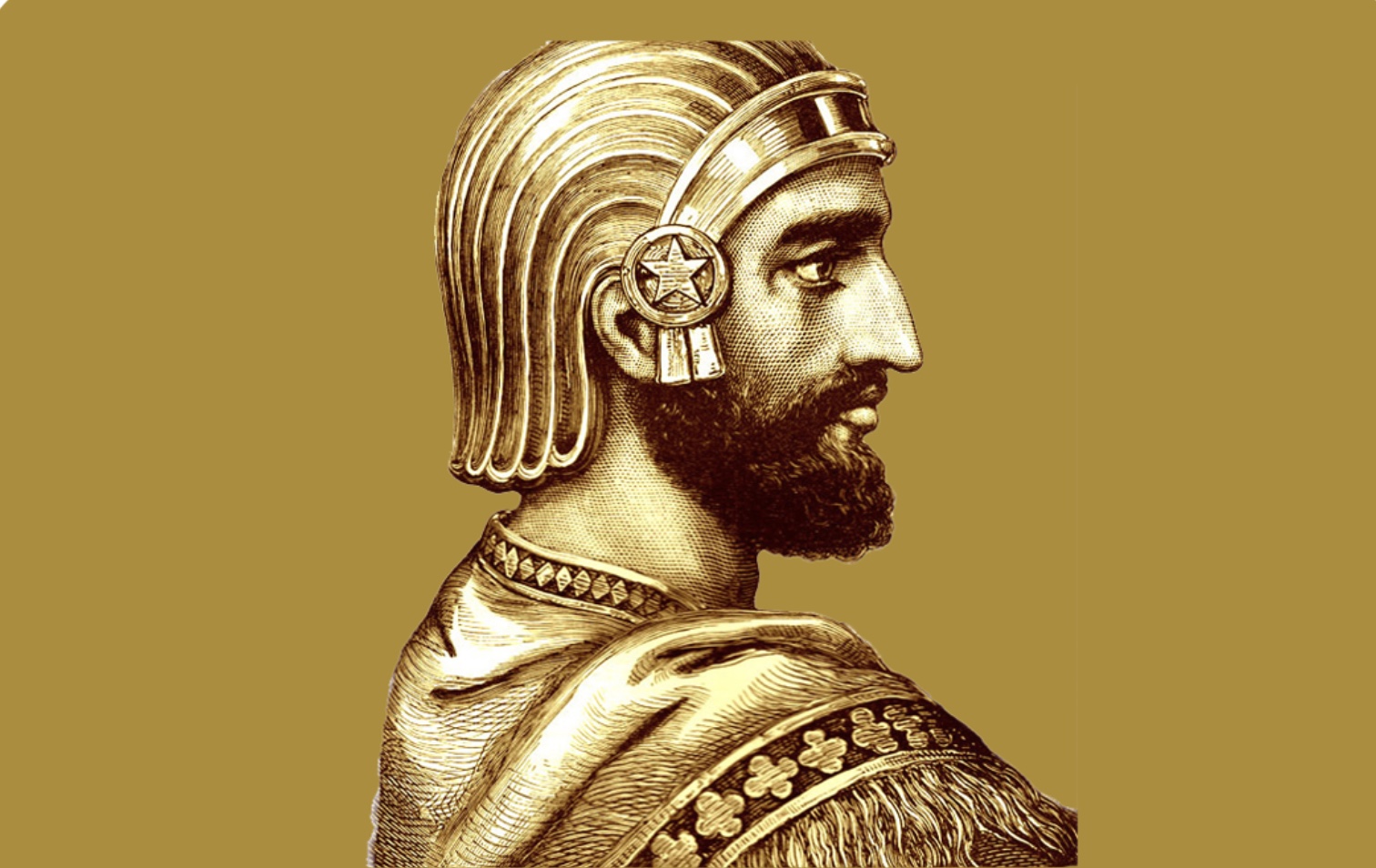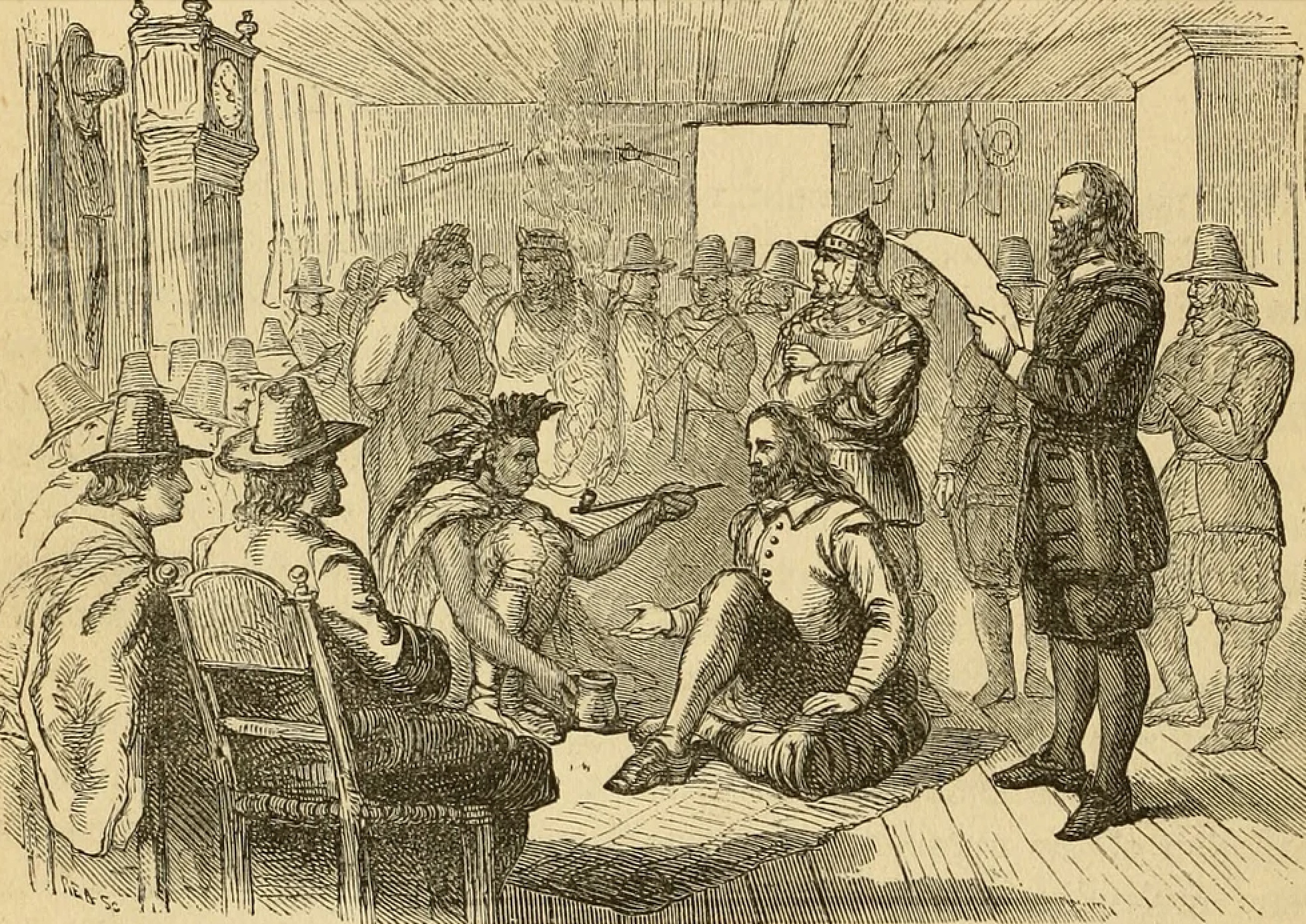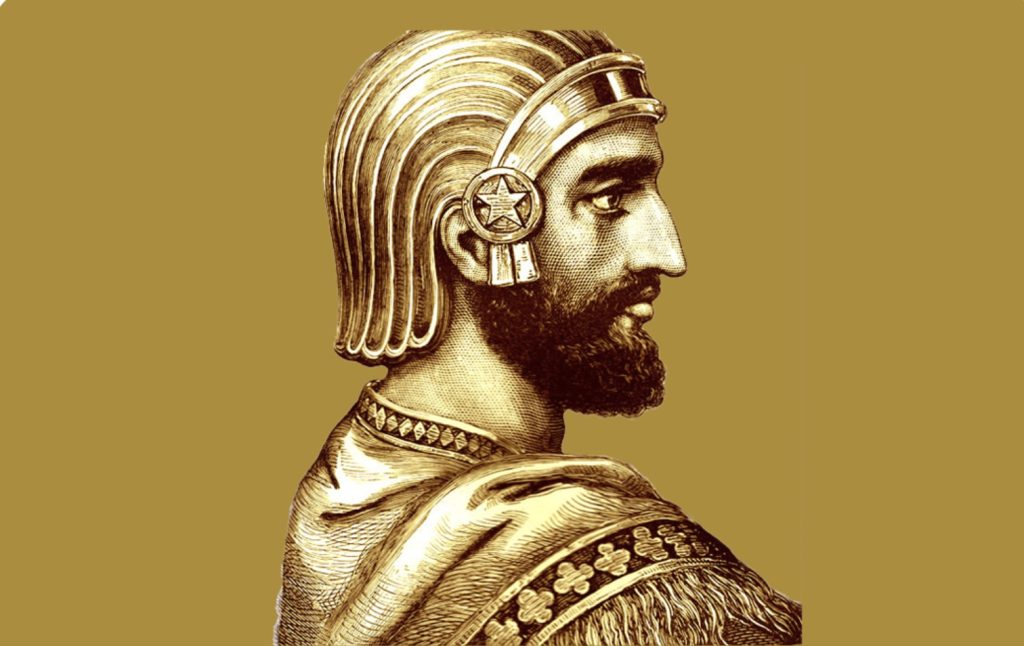
The first Persian Empire, Achaemenid Persian Empire, was one of history’s most influential and expansive civilizations. At the height of its greatness, it was the largest empire the world had ever known.
This article will chronicle the significant events and developments that shaped the Persian Empire timeline, from its humble beginnings to its ultimate decline.
Each phase of the empire’s history reveals the complex interplay of leadership, culture, warfare, and diplomacy that allowed it to thrive for centuries.
By exploring these pivotal moments, we gain a deeper understanding of the legacy of the Persian Empire and its enduring impact on the world.
From Nomads to Empire: The Early Days of Persian Empire Ascendancy
The early days of the Persian Empire began with nomadic tribes who roamed the vast steppes of Central Asia. These tribes, known as the Persians, settled in what is now Iran and gradually began to consolidate power. Through strategic alliances and conquests, they transformed from scattered nomads into a formidable empire.
Initially, the Persians were part of the larger Medo-Persian culture, with the Medes often dominating the political landscape. However, under the leadership of Achaemenes and his descendants, the Persians began to carve out a distinct identity. This period saw the rise of local chieftains who united various Persian tribes, laying the groundwork for a more centralized authority.
A key figure in this transition was Cyrus the Great, who overthrew the Median Empire and established the Achaemenid dynasty. His ascent to power marked the beginning of the Persian Empire’s ascendancy. Cyrus’s military acumen and statesmanship were instrumental in unifying the Persian tribes and expanding their territory. He implemented innovative strategies that combined diplomacy with military prowess, allowing him to conquer vast regions with minimal resistance.
Cyrus’s conquests were not just about expanding territory but also about integrating different cultures into the empire. He respected the customs and traditions of the peoples he conquered, which helped to ensure their loyalty. This policy of tolerance and inclusion was a hallmark of the early Persian Empire and set the stage for its future expansion and stability.
The Remarkable Rise of the Persian Empire
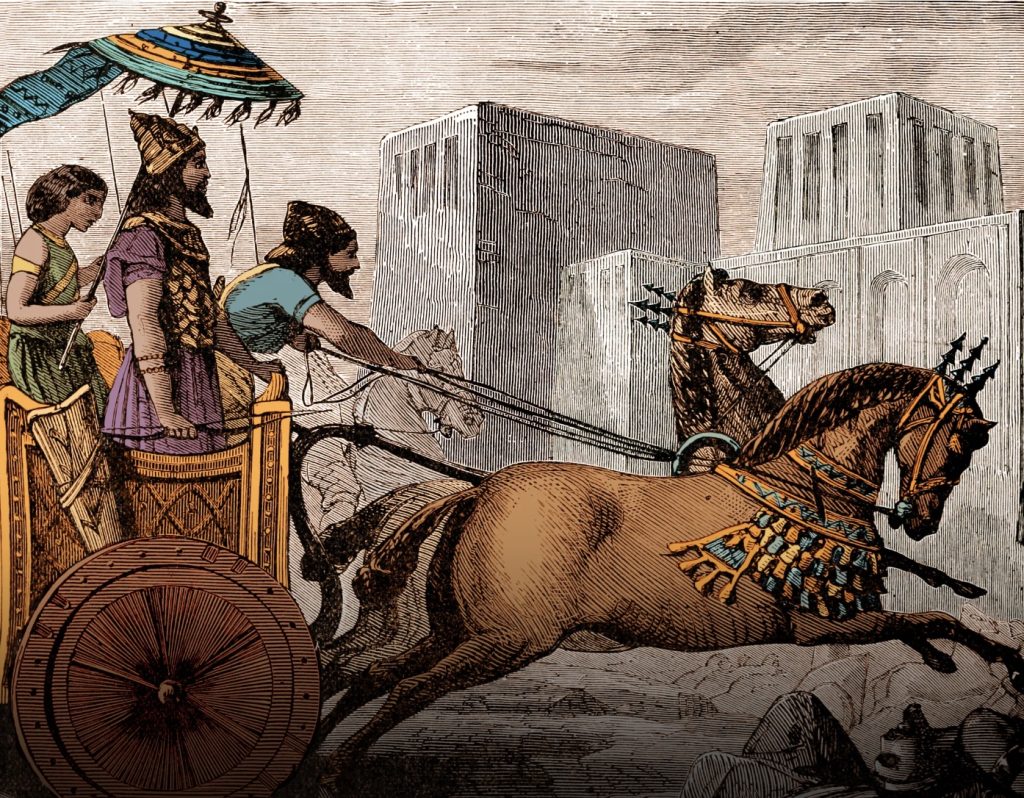
The rise of the Persian Empire is a tale of ambition, strategy, and vision. Under the leadership of Cyrus the Great, the Persians expanded their territory through a combination of military might and diplomatic acumen. Cyrus’s policies of tolerance and respect for local customs helped integrate diverse cultures into the empire, fostering stability and prosperity. His successors continued this legacy, further expanding the empire’s reach and influence.
Cyrus’s first significant conquest was the Median Empire, which he defeated in 550 BCE. This victory not only established the Achaemenid dynasty but also marked the beginning of a new era in Persian history. Following this success, Cyrus turned his attention to the wealthy and powerful kingdoms of Lydia and Babylon. The conquest of Lydia brought immense wealth to the Persian Empire, while the fall of Babylon in 539 BCE was a landmark event that showcased Cyrus’s strategic brilliance. His capture of Babylon was achieved with minimal bloodshed, and he famously entered the city as a liberator, respecting local traditions and religions.
The administrative policies introduced by Cyrus laid a solid foundation for governance. He divided the empire into provinces, known as satrapies, each governed by a satrap who was responsible for maintaining order and collecting taxes. This system allowed for efficient control over vast territories and ensured that local customs were respected.
Cyrus’s successors, particularly Cambyses II and Darius I, continued to expand the empire’s borders. Cambyses conquered Egypt, further extending Persian influence, while Darius I focused on administrative reforms and infrastructure development. Darius’s reign saw the construction of the Royal Road, which facilitated communication and trade across the empire, and the establishment of a common currency, which boosted economic stability.
Cyrus the Great: The Architect of the Persian Empire’s Power
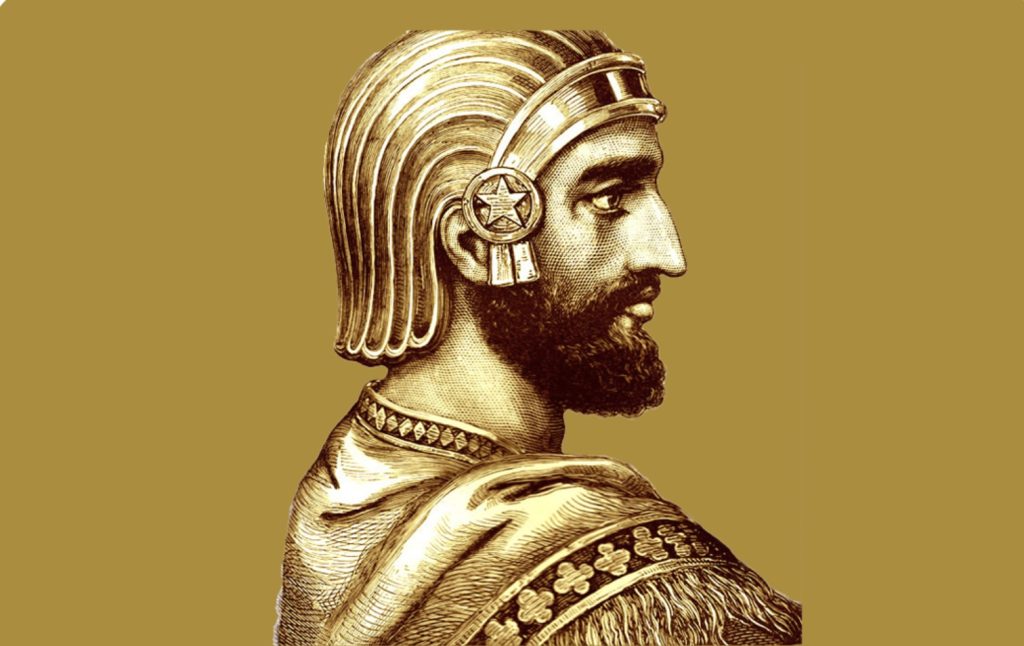
Cyrus the Great revolutionized the ancient world through his innovative leadership as the architect of the vast Persian Empire spanning from the Mediterranean to the Indus River.
His groundbreaking approach to governance involved respecting local customs and religions in conquered lands, earning loyalty and reducing resistance – a stark contrast to contemporaries.
Complementing his military conquests was his astute diplomacy, forging strategic alliances through marriages with powerful tribes. A notable feat was his conquest of Babylon where he was welcomed as a liberator, immortalized in the Cyrus Cylinder considered the first human rights charter highlighting his religious tolerance.
Administratively, Cyrus implemented an efficient system of decentralized provinces governed by satraps overseeing order and taxes yet reporting to the king. His tolerant policies allowed conquered peoples to retain laws and customs, integrating diverse cultures under a unified Persian identity.
These progressive reforms fostered stability, loyalty, and a model of effective governance managing his empire’s vast scale and diversity. Cyrus’ lasting legacy as an iconic leader influenced future rulers through his respect for human rights, cultural inclusivity, strategic brilliance, and pioneering a new paradigm of enlightened governance shaping the course of history.
The Golden Age of the Persian Empire: The Reign of Darius and Xerxes
The reigns of Darius I and Xerxes I marked the golden age of the mighty Persian Empire, exemplifying its administrative genius and vast resources.
Darius consolidated control through an ingenious system of provinces called satrapies, each governed by a satrap collecting taxes, maintaining security, and administering justice – allowing efficient oversight of the sprawling empire while affording local autonomy. His standardization of currency, weights and measures facilitated economic stability and trade. The Royal Road he commissioned, a vast network connecting Susa to Sardis, not only boosted commerce but enabled rapid troop movements, showcasing Persian infrastructural ingenuity.
Though best known for his unsuccessful invasions of Greece like the famed battles of Thermopylae and Salamis, Xerxes built upon his father’s legacy, overseeing the opulent construction of Persepolis that displayed the empire’s immense wealth and artistic achievement.
Despite military setbacks, the Persian Empire thrived under their rule as an economic, cultural and academic hub. Darius and Xerxes’ administrative reforms, coupled with grand infrastructural projects, laid the foundations for the empire’s longevity as a dominant ancient power.
Cultural Flourish: Art, Architecture and Innovation in the Persian Empire
The Persian Empire was a cultural renaissance, pioneering advancements in art, architecture and innovation that left an enduring legacy. Persian artworks showcased intricate details and vibrant colors depicting royal power and divine favor, while grand architectural marvels like Persepolis exemplified a unique fusion of styles from across the empire’s diverse cultures. Engineering feats such as the ingenious qanat underground irrigation systems highlighted Persian ingenuity in harnessing their environment for prosperity.
During the Achaemenid era, Persian art reached new heights with elaborate palace reliefs at Persepolis and Susa celebrating kingship through depictions of ceremonies and subjects bearing tributes – both flaunting imperial grandeur and a cultural inclusivity reflected in precious materials used.
Architecturally, massive Persian complexes seamlessly blended Median, Mesopotamian, Egyptian and Greek elements into awe-inspiring structures of symbolic power.
Beyond aesthetics, Persian innovations like qanats enabled agriculture and settlements in arid regions through advanced hydraulic engineering. This cultural flowering not only exhibited Persian sophistication but influenced later civilizations like ancient Greece and Rome through its artistry, architectural techniques and pioneering technologies.
Sacred Tradition: Exploring the Persian Empire Religion & Spiritual Practices
Religion and spiritual practices were deeply embedded in Persian society, influencing all aspects of life. Zoroastrianism, the empire’s primary religion, revolved around the worship of Ahura Mazda and highlighted truth, order, and cosmic duality.
Known for its religious tolerance, the Persian Empire religion practices allowed various faiths to coexist, fostering cultural and spiritual enrichment. Zoroastrianism, founded by the prophet Zoroaster, emphasized the dualistic nature of the universe, the struggle between good (Ahura Mazda) and evil (Angra Mainyu), and the significance of individual choice.
The religion promoted values of truth, righteousness, and social justice, reflected in the empire’s ethical and legal codes. Rituals and ceremonies aimed at maintaining cosmic order were central to religious practices, with fire temples playing a crucial role.
Persian rulers, notably Cyrus the Great, respected local religious practices, promoting religious pluralism. This policy of inclusivity, exemplified by Cyrus allowing Jewish exiles to rebuild their temple in Jerusalem, fostered harmony within the empire.
The spiritual legacy of the Persian Empire influenced subsequent cultures and religions, impacting theological concepts in Judaism, Christianity, and Islam.
The End of an Era: The Decline of the Mighty Persian Empire
The decline of the Persian Empire was a slow process influenced by internal strife, economic troubles, and external pressures. Corruption and inefficiency weakened central authority, while revolts drained resources. The final blow came from Alexander the Great’s conquests, ending Persian dominance.
The decline began during Darius I’s later years, with increased centralization leading to bureaucratic corruption.
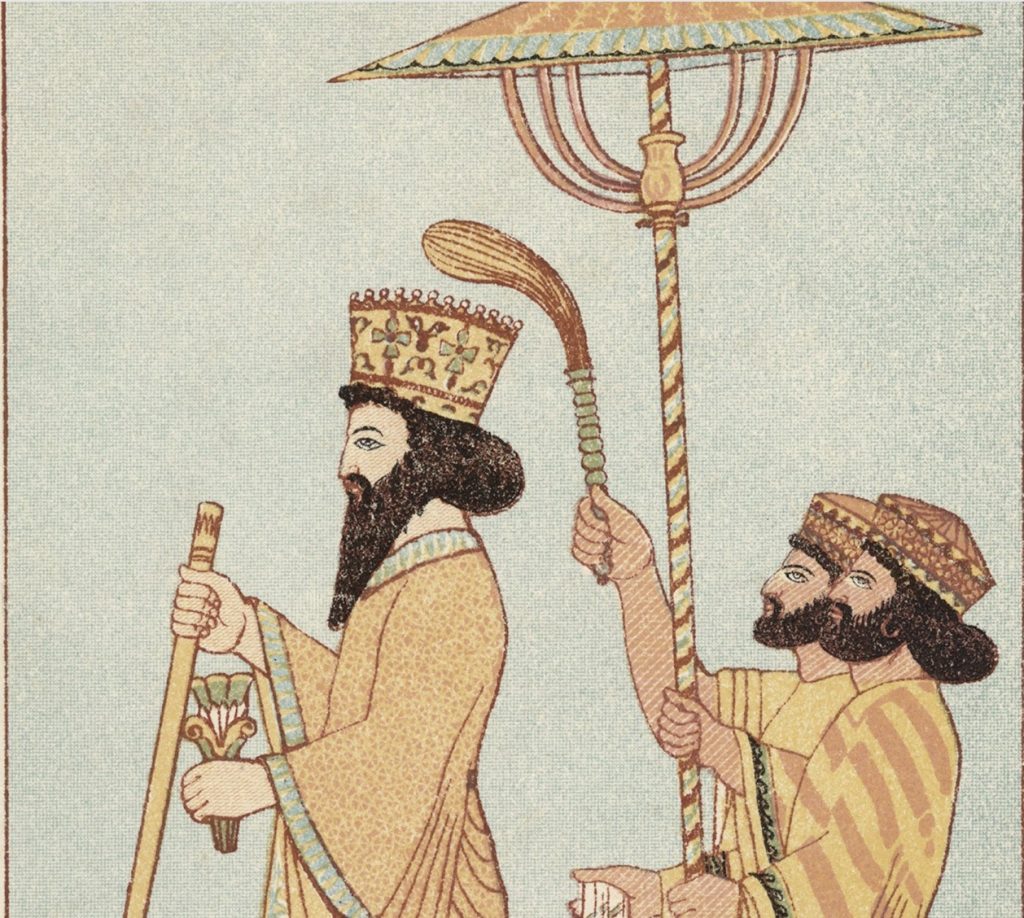
Economic challenges, such as maintaining a large army and the opulent lifestyles of the court, drained the treasury and burdened the population with heavy taxes, causing widespread discontent.
Internal revolts by once-loyal satraps further weakened the empire and exposed its inability to maintain control.
The rise of Alexander the Great posed an external threat, and his campaigns rapidly dismantled Persian resistance. His victories at Issus and Gaugamela highlighted the Persian military’s weakness. The capture of Persepolis in 330 BCE and the betrayal and death of Darius III marked the end of the empire.
Despite its fall, the Persian Empire’s legacy endured, influencing subsequent civilizations, including the Hellenistic states and the Roman Empire, with its administrative innovations, cultural achievements, and policies of tolerance shaping the course of history.
Alexander the Great and the End of Persian Empire’s Dominance
Alexander the Great’s conquest of the Persian Empire was swift and decisive, starting in 334 BCE and culminating in the capture of Persepolis and the defeat of Darius III.
His military genius, evident in victories at Granicus, Issus, and Gaugamela, combined with internal Persian weaknesses, led to the empire’s fall. The capture and burning of Persepolis symbolized the end of Persian dominance.
Alexander adopted aspects of Persian administration and culture, fostering cultural exchanges that shaped the Hellenistic world. His policy of fusion aimed to integrate diverse peoples and create a unified culture, blending Greek and Eastern traditions.
The Persian Empire’s administrative systems and cultural achievements continued to influence successor states like the Seleucid Empire.
Alexander’s conquest marked the end of the Achaemenid dynasty and the beginning of Greek dominance, but it also facilitated a period of cultural synthesis that enriched both Greek and Eastern civilizations, with Persian contributions resonating in the Hellenistic world and beyond.
Persian Empire vs Roman Empire: Comparing the Titans of History
To compare the Persian Empire versus the Roman Empire, two of history’s greatest civilizations, offer intriguing comparisons in governance, culture, and military prowess.
Both demonstrated impressive administrative skills, with Persians using satrapies and Romans employing provincial governors.
Culturally, the Persians were noted for their tolerance and artistic achievements, while Romans excelled in law and engineering.
Militarily, the Persians favored cavalry, exemplified by elite units like the Immortals, whereas the Romans were renowned for their disciplined infantry legions and siege warfare capabilities.
These differences and similarities highlight the unique legacies of both empires in shaping the ancient world.
Persian governance allowed local autonomy but faced frequent revolts, while Roman administration was highly structured with a complex bureaucracy.
Culturally, Persian inclusivity fostered loyalty and stability, reflected in diverse art and architecture, while Roman culture emphasized legal principles and infrastructure, evident in enduring constructions like roads and aqueducts.
Despite different military strategies, both empires maintained long-term stability and influenced subsequent civilizations, with Persian contributions impacting the Hellenistic and Islamic empires, and Roman principles shaping modern legal and political systems.
Persian Empire Now: From Ancient Persia to Modern Iran
The Persian Empire, once a vast and influential civilization, has evolved over millennia into modern Iran, showcasing the region’s resilience and adaptability. Ancient Persia, renowned for its grand architecture, sophisticated administration, and rich culture, laid a foundation that continues to influence Iran today.
The Achaemenid Empire, led by figures like Cyrus the Great and Darius I, established governance and cultural tolerance principles that still resonate.
After its fall to Alexander the Great, Persia experienced numerous transformations under the Seleucids, Parthians, and Sassanids, each contributing to its cultural and political development.
In the medieval period, Persia became a center of Islamic culture, particularly under the Safavid Dynasty, which established Shia Islam as the state religion, shaping modern Iran’s identity.
Today, Iran blends its ancient heritage with contemporary influences, reflected in its language, Persian (Farsi), and a cultural emphasis on art, poetry, and philosophy.
Despite facing political and social challenges, Iran preserves its historical sites and traditions, maintaining the spirit of ancient Persia.
From the ruins of Persepolis to the vibrant bazaars of Tehran, the legacy of the Persian Empire now remains a vital part of Iran’s national identity, demonstrating a seamless continuum from ancient grandeur to modern resilience.
Conclusion
The first Persian Empire’s legacy is a testament to the ingenuity, tolerance, and ambition of its people.
From its rise under Cyrus the Great to its fall at the hands of Alexander the Great, the empire’s history is filled with remarkable achievements and profound cultural contributions.
By understanding the first Persian Empire’s timeline and its impact, we gain valuable insights into the complexities of ancient civilizations and the enduring influence they have on our world today.
FAQs
- What were the key achievements of Cyrus the Great?
- Cyrus the Great is renowned for founding the Persian Empire, establishing efficient administrative systems, and his policy of religious and cultural tolerance, which helped integrate diverse peoples into his empire.
- How did the Persian Empire manage such a vast territory?
- The Persian Empire managed its vast territory through a system of satrapies, or provinces, each governed by a satrap. This decentralized approach allowed for efficient administration and local autonomy under central oversight.
- What role did religion play in the Persian Empire?
- Religion, particularly Zoroastrianism, played a central role in Persian society, influencing governance, law, and daily life. The empire’s policy of religious tolerance allowed various faiths to coexist peacefully.
- How did the Persian Wars affect the Persian Empire and Greece?
- The Persian Wars halted Persian expansion into Europe and preserved Greek independence, highlighting Greek military prowess. The wars also strained Persian resources and exposed vulnerabilities within the empire.
- What were the main causes of the Persian Empire’s decline?
- The decline of the Persian Empire was due to internal strife, economic challenges, political corruption, and the military conquests of Alexander the Great, which ultimately ended Persian dominance.

